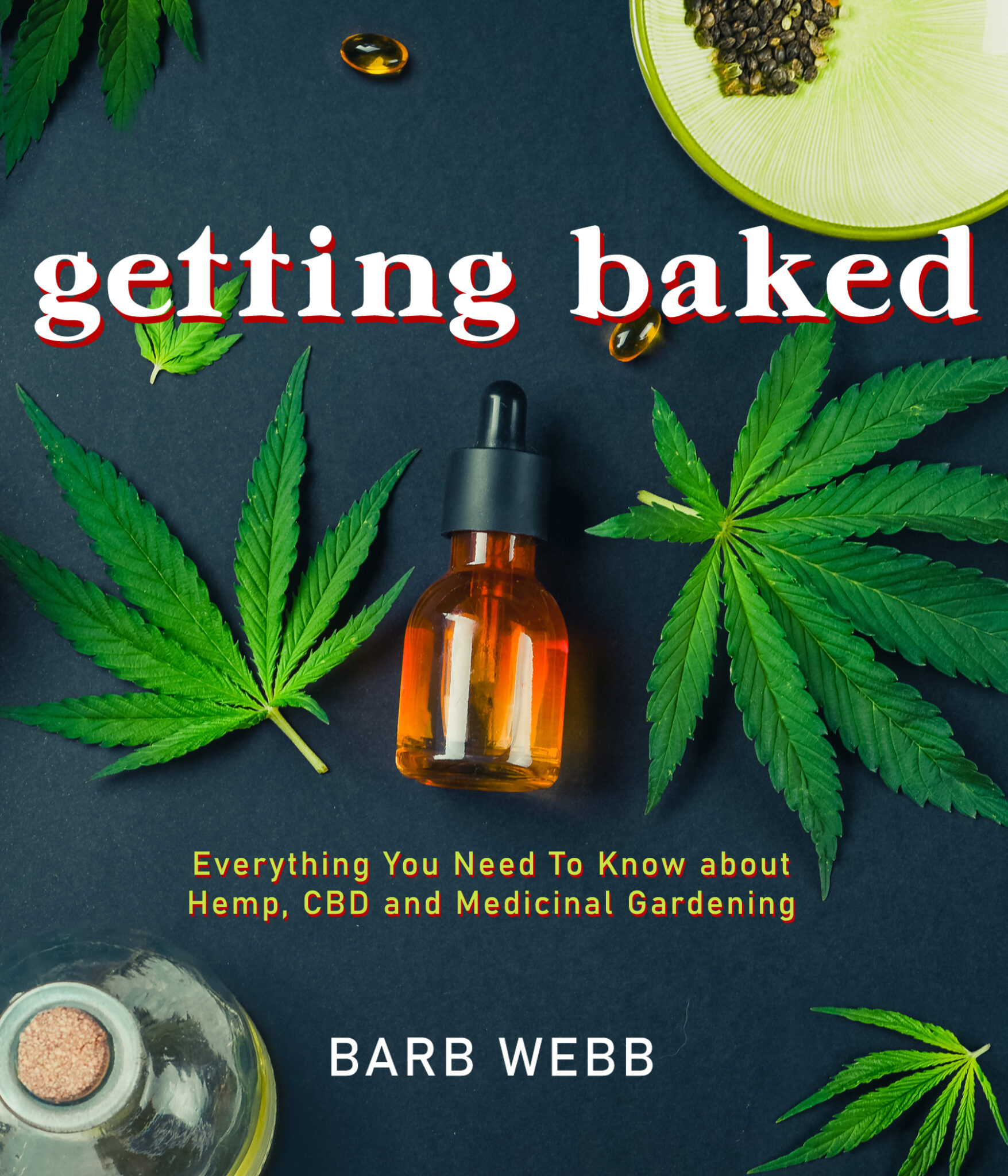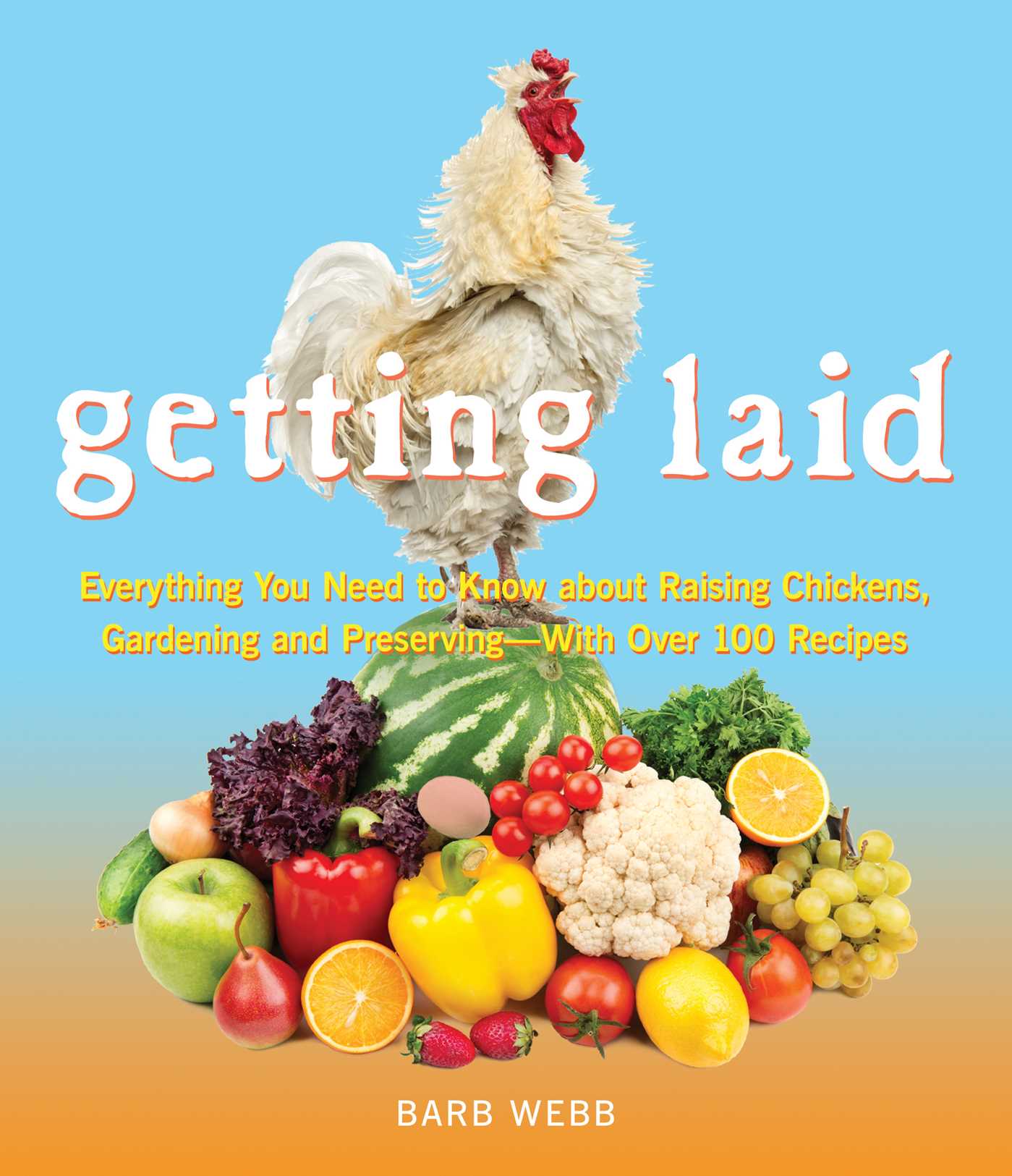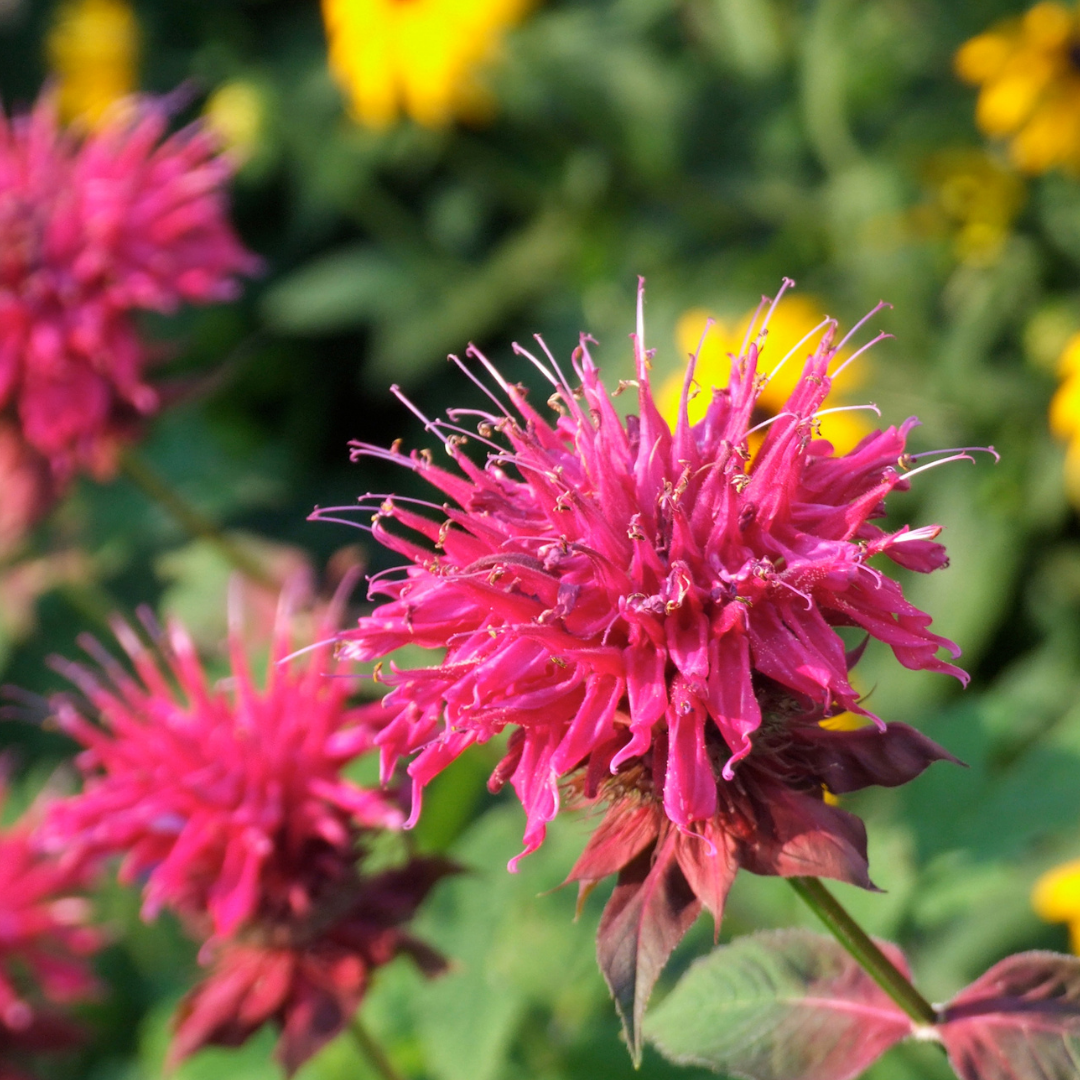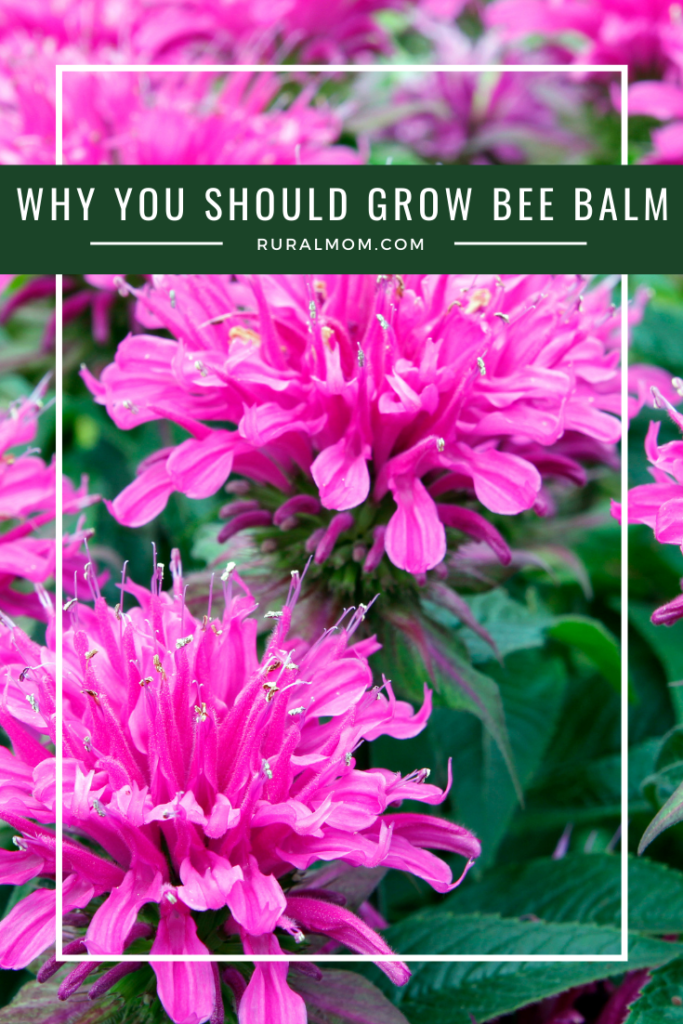Bee balm, also known as monarda, horsemint, Oswego tea and bergamot, is a large perennial in the mint family. It’s easy to grow, has beautiful blooms and greatly benefits you and your garden.
There are several breeds and species within the genus, which can range in height from one to six feet, with large blooms in the shape of fireworks that range from white to crimson to dark blue. The leaves contain a fragrant oil and can be used as an herbal tea or a seasoning for meat. The plant also has a lovely antiseptic property.
How to Grow Bee Balm
To grow bee balm in your garden, you’ll want to choose an area that receives full sun but also has moist, well-drained soil. The plant will tolerate partial shade but will flower less and spread out more in these conditions.
Bee balm is relatively hardy, and will tolerate many ground conditions, but excessively dry soil may stunt the plant’s growth. If you have very dry soil, check which cultivars are available to you. Some of them have been bred for high drought resistance. They will bloom from mid- to late summer.
Keep in mind, too, how high you want it to grow. If you want a six-foot plant you’re going to have to choose a wild red cultivar. Though bee balm has been bred to bloom in a wide variety of colors, the more unusual plants tend to be quite short.
Trouble-shooting and Tips
Some of the older cultivars are susceptible to powdery mildew, especially if growing in a shaded area. Other diseases to watch for are rust and, if you happen to live in an area where tobacco is cultivated, occasionally bee balm can contract a tobacco mosaic virus.
With care the plant can shrug these problems off, though slugs can be a problem. Early in the year, slugs can eat the entire new plant, leaving nothing behind. If you have a slug problem, try leaving out small saucers of beer to drown them.
Bee balm is a good companion plant to tomatoes, as the oils in its roots will deter pests from gaining a foothold. However, be warned that since bee balm is in the mint family, it will spread. Be ready to cut it back every year if you want to keep it small.
Bee balms bring nature to your yard!
Bee balm is a good plant to choose if you want to attract wildlife to your garden. The long tube-shaped blooms attract hummingbirds to feed.
As the name suggests, it readily attracts bees. The plant is also a necessary component in the life-cycles of several species of butterfly.
GETTING BAKED: Everything You Need to Know About Hemp, CBD and Medicinal Gardening
If you’re new to the website and haven’t purchased your copy of GETTING BAKED yet, it’s available at bookstores everywhere in both digital and print formats.
Part scientific research and part firsthand know-how, Barb Webb rounds out her authoritative guide with dozens of recipes to enhance your experience- from smoothies and teas to CBD bath bombs and hemp body butters.
This guide has it all! Learn how CBD, hemp and herbs can work for your body and start GETTING BAKED today!
Hope you find plenty of ways to recharge and reconnect with nature in GETTING BAKED and on Rural Mom! Thanks for joining me on your journey today!





